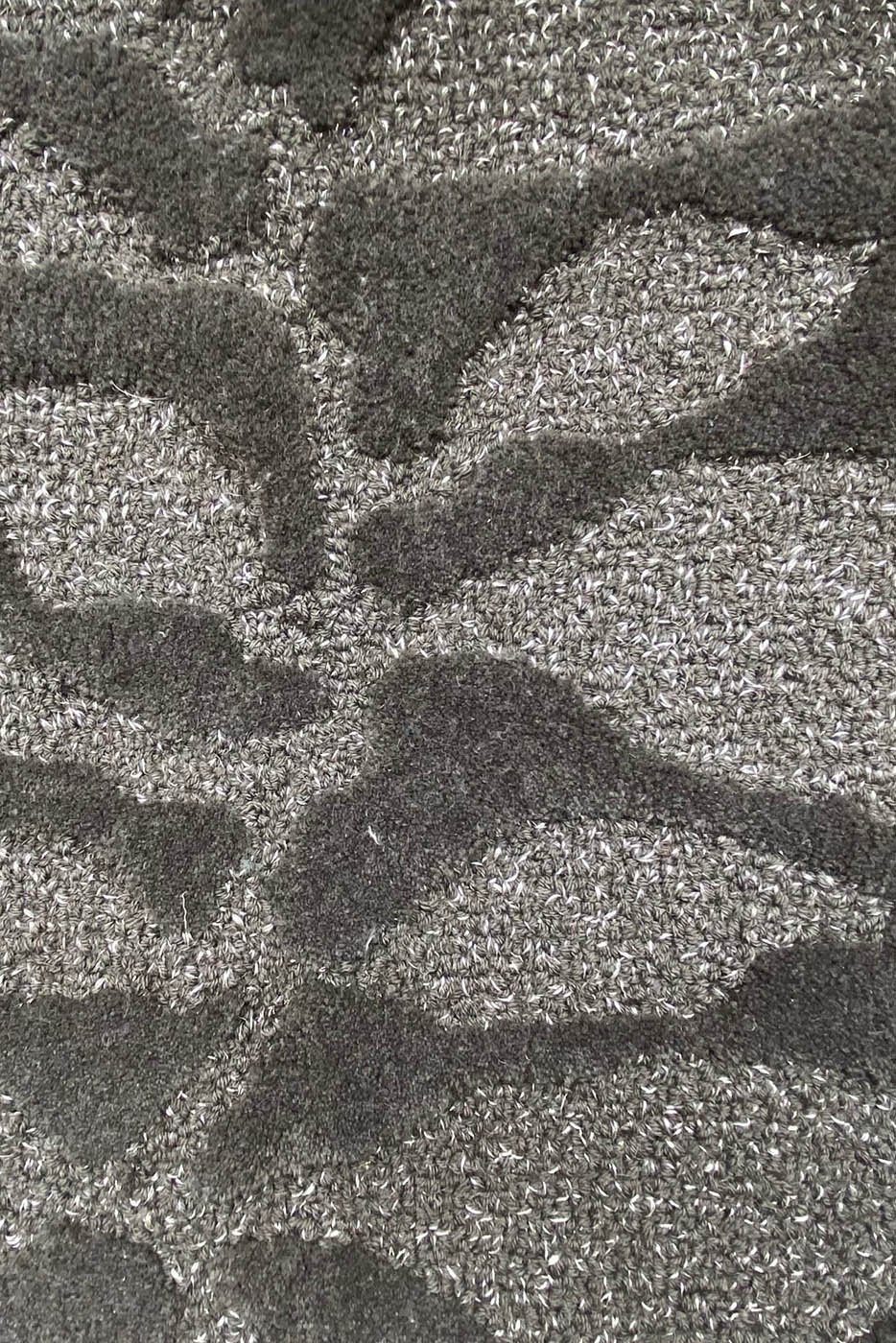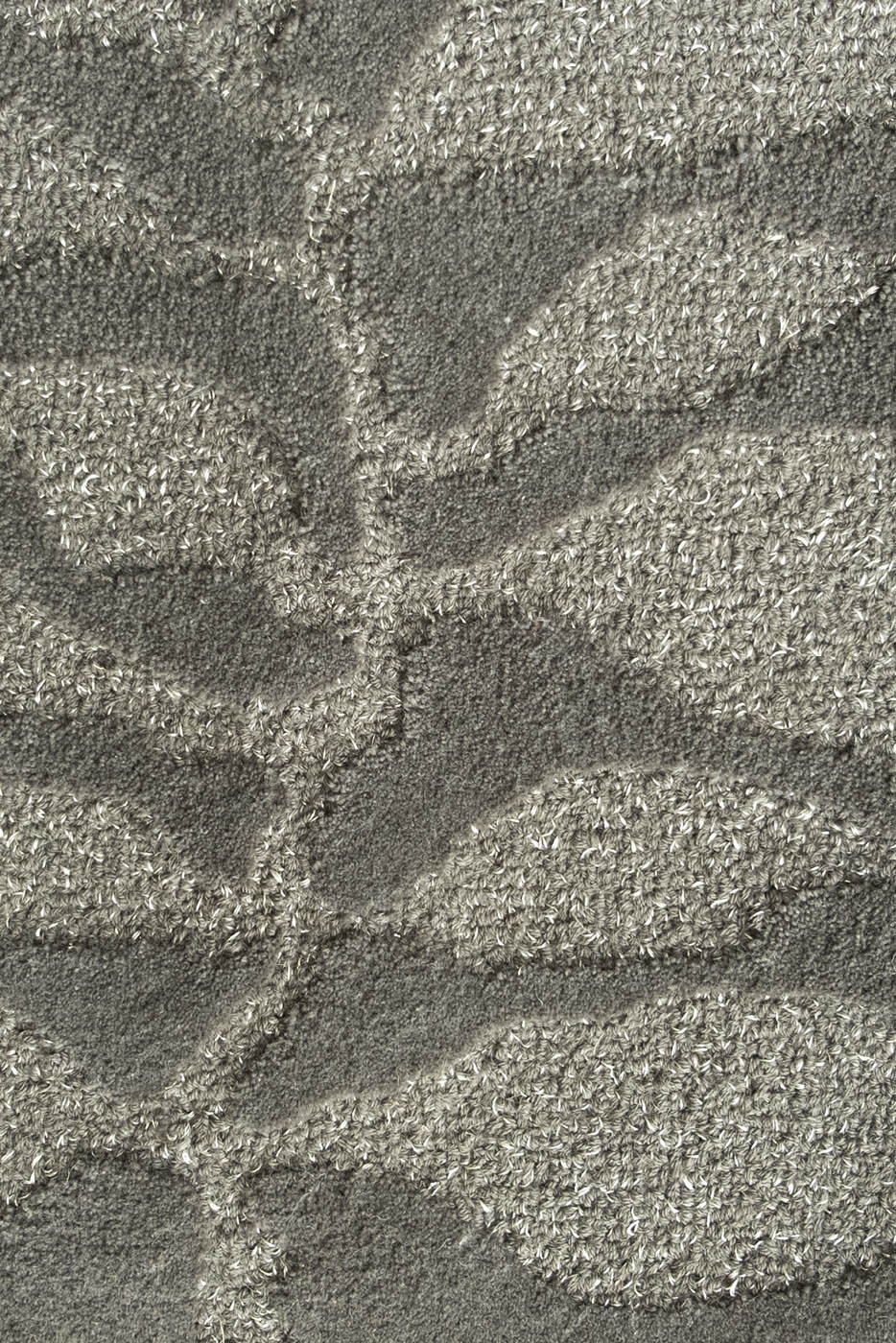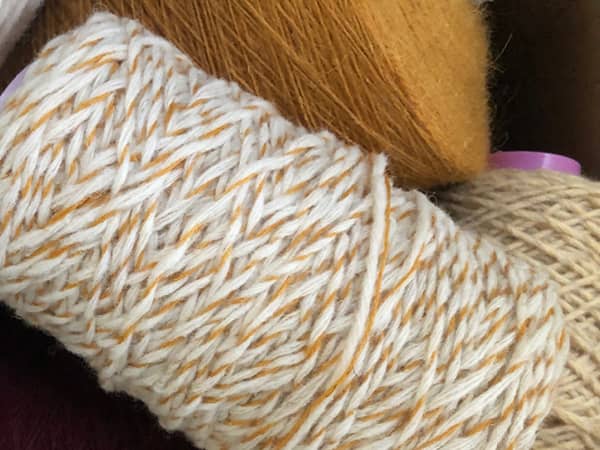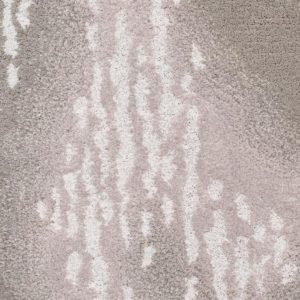Jack
2884,00€
by Pinton
HAUTE COUTURE & PRÊT À PORTER
MATERIALS a choice
TECHNIQUE Hand tufted
SIZE a choice
PRICE ON REQUEST. CONTACT US.Description
wool
Wool is an animal fibre, most often derived from sheep fleece. Wool was already being spun as early as 5,000 BC. In Roman times, wool, leather and linen were the main materials used to make clothes. With the progressive development of mechanical processes and the evolution of breeding techniques, wool became the economic lung of several countries in the Xth century, and again in the XIIth. Renowned for its thermal and sound insulation properties, wool also offers the advantage of absorbing moisture. It is a noble and timeless material, used from time immemorial for its strength and durability. PINTON uses local wool with shorter carded fibres, which make it fluffier and give it more volume, or a specific type of wool from New-Zealand with long combed fibres that are more resistant to heavy traffic. Both types of wool are spun (carded or combed) and dyed in the spinning plant located in Felletin. Whether they are made in 100% pure virgin wool or blended with other materials like linen, silk, bamboo, leather or many others, PINTON wool rugs and carpets bring comfort and quality.
inserts
Like flowers brightening a wheatfield and giving extra charm, inserts embellish our rugs. They bring an original and precious touch, using threads in materials as unexpected as lurex, phosphorescent fibres, metal, vinyl or leather. An insert is a different material woven into a rug. It can also be made of beads, ribbons or rivets. Inserts add a whole new dimension to a rug and enhance a texture or material, or play with the light in a new way, creating unusual contrasts. Inserts are a perfect illustration of the skills applied by our craftspeople to the production of our Couture rugs. They offer the artists and designers with whom we collaborate many possibilities and a vast areas for exploration and experimentation. Facilitated by the PINTON expertise and the company’s love of innovation, this process allows the artists’ imagination to roam freely. It gives them the opportunity to reinvent materials and create outstanding rugs, both tactile and visually appealing, generating curiosity and admiration.
cotton
Cotton is made from the vegetal fibres surrounding the seeds of the cotton plant. Traces of cotton were found in Ancient Egypt and in Mexico, possibly over 7,000 years old. Cotton culture developed in America, Africa and Eurasia. While it reached Europe as early as the IInd century BC, its history on that continent truly began with the creation of the West India trading companies. From then on, the culture of cotton never stopped growing and it is now the most used natural fibre in the world. More difficult to weave than linen because of its short fibres, it has a higher density. Cotton is a very good insulation material thanks, in particular, to its exceptional moisture absorption properties. It is warm, soft, comfortable. PINTON weaves this staple of the textile industry on its own or combined with other materials for the Couture as well as the Diffusion lines. In tapestry making, cotton is very rarely used on its own and is most often combined with other materials. It is generally the material used for the warp thread.
Cotton can be used in loop weave where the continuous thread forms loops on the surface of the rug, or in pile weave where the threads on the surface of the rug are cut. It can also be woven as loop and cut which combines both techniques.
Pinton
While the history of PINTON is punctuated with fruitful collaborations and fascinating encounters, it is also marked by the wealth of talents in its midst. For over a decade, a team of 4 creatives coming from diverse backgrounds devote their time to designing rugs and carpets for the PINTON manufactory. Driven by shared curiosity, constant research and dialogue, the team is continually enriching the firm’s collections with new patterns or designs, combinations of materials and colours, as well colour variations. Capturing trends, listening to customers’ wishes, in direct connection with the company’s history and located under the same roof as the craftspeople and the workshops, at the crossroad of the creative and production processes, the PINTON team of designers are at the heart of the business.
hand tufted
The hand tufting technique is a process combining centuries-old skills and modern weaving tools. The canvas is perfectly stretched over an upright loom and the craftsperson transfers by hand the future design of the rug with the utmost precision. Threads are inserted manually, one by one, working with a gun on the back of the canvas, following the colours, the drawing and the different tuft heights. PINTON was one of the first manufactories to use the gun tufting technique to produce some of its rugs and carpets and is the only French workshop offering very high quality tufted rugs. With this technique, production times are reduced compared to the knotted stitch weave or point noué. Finally, hand tufting offers a large range of possible depths. Carving is the technique that consists in sculpting the wool and creating textures within the woven rug. Since the early 1990s, PINTON has been specialising in the production of hand tufted rugs for which it also collaborates with famous designers and artists.
















